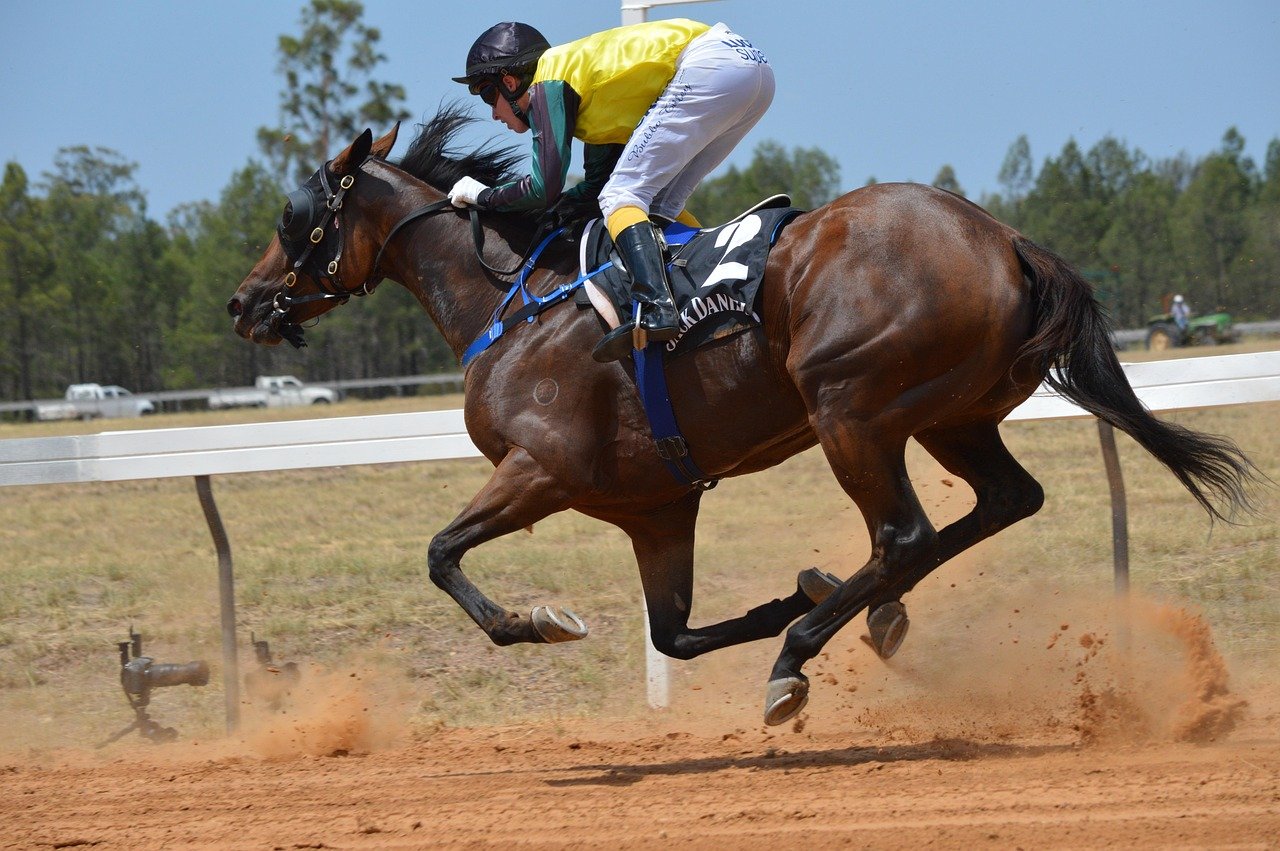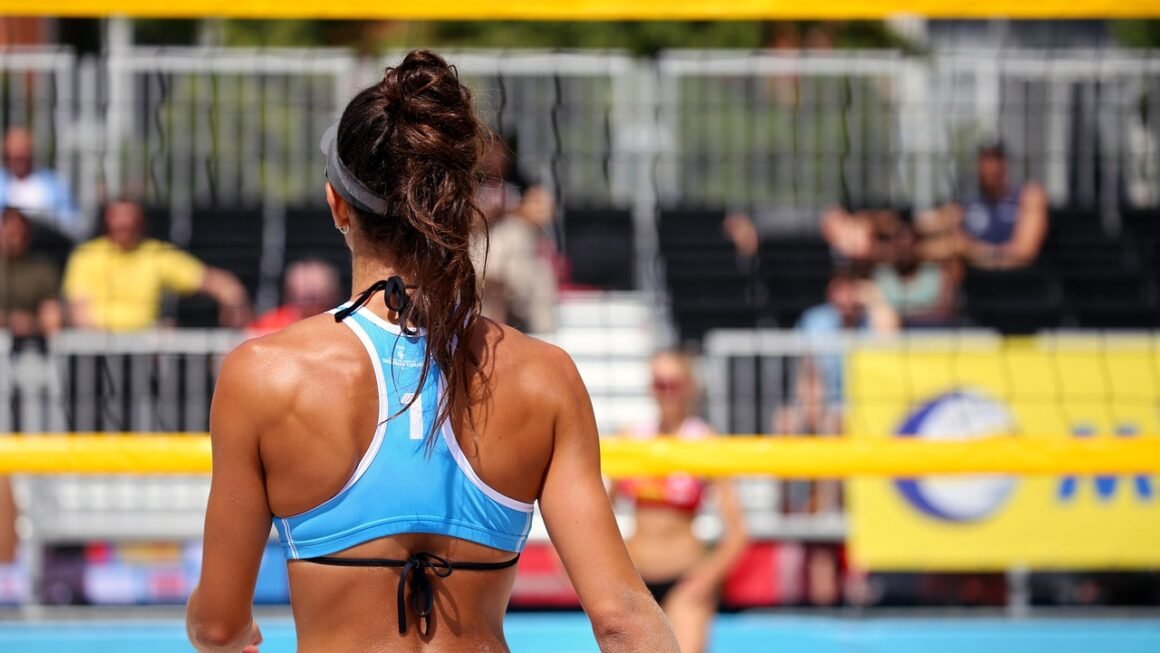Darts – a game of precision, strategy, and a whole lot of fun! Whether you’re a seasoned pro or just starting out, the world of darts offers endless opportunities for improvement and enjoyment. From the thrill of hitting a perfect 180 to the camaraderie of a friendly match, darts is more than just a pub game; it’s a sport with a rich history and a dedicated global following. Let’s dive into everything you need to know to get started or improve your game.
The History of Darts
Origins and Evolution
The origins of darts are somewhat hazy, but the game is believed to have evolved from archery, perhaps as a pastime for soldiers in medieval England. It’s said soldiers would throw shortened arrows or spearheads at the bottom of overturned wine barrels. Over time, this simple activity evolved into the game we know today.
- 19th Century: The modern dartboard began to take shape, with different regions adopting their own layouts and scoring systems.
- 1896: Brian Gamlin, a carpenter from Lancashire, is often credited with standardizing the dartboard layout that is most commonly used today.
- Early 20th Century: Darts gained immense popularity in pubs throughout England and became a staple of British culture.
Darts Today
Today, darts enjoys worldwide popularity. Professional leagues like the Professional Darts Corporation (PDC) and the World Darts Federation (WDF) host prestigious tournaments with significant prize money and global television audiences. Players like Michael van Gerwen and Gerwyn Price have become household names, elevating the profile of the sport.
Understanding the Dartboard
Anatomy of a Dartboard
A standard dartboard is divided into several sections, each with a different point value. Key areas include:
- Bullseye: The center circle, worth 50 points.
- Outer Bull or Single Bull: The ring surrounding the bullseye, worth 25 points.
- Single Segments: The areas between the wires, each worth the number indicated.
- Double Ring: The outer ring, where hitting doubles scores twice the segment value.
- Treble Ring: The inner ring, where hitting trebles scores three times the segment value.
Missing the board entirely results in zero points for that dart.
Dartboard Dimensions and Setup
Proper dartboard setup is crucial for fair play and accuracy. The standard measurements are:
- Height: The bullseye should be 5 feet 8 inches (1.73 meters) from the floor.
- Throwing Distance (Oche): The distance from the front of the dartboard to the throwing line (oche) should be 7 feet 9.25 inches (2.37 meters).
It’s important to ensure that the dartboard is securely mounted and that the oche is clearly marked. Using a dartboard surround is also recommended to protect the surrounding walls from errant throws.
Choosing Your Darts
Dart Components
A dart consists of four main components:
- Barrel: The main body of the dart, usually made of brass, nickel silver, or tungsten. Tungsten is denser, allowing for slimmer barrels.
- Shaft: Connects the barrel to the flight, usually made of nylon, plastic, or aluminum. Shaft length can affect dart trajectory.
- Flight: The “wings” of the dart, providing stability and drag. Common shapes include standard, kite, and slim.
- Tip (Point): The sharp end of the dart. Steel tips are used for bristle dartboards, while soft tips are used for electronic dartboards.
Selecting the Right Dart
Choosing the right dart is a personal process. Consider these factors:
- Weight: Most darts range from 18 to 30 grams. Beginners often start with a heavier dart (around 24 grams) for more stability.
- Grip: Barrels come in various grip styles – smooth, knurled, ringed. Experiment to find what feels most comfortable.
- Material: Tungsten darts are more expensive but offer a slimmer profile and better balance.
- Personal Preference: Ultimately, the best dart is the one that feels best in your hand and allows you to throw consistently.
Tip: Visit a darts shop and try out different darts before making a purchase. Many shops have demo boards available.
Dart Throwing Technique
Stance and Grip
A solid stance and consistent grip are fundamental to accurate dart throwing. Here’s a basic guideline:
- Stance: Stand with one foot forward, aligned with the dartboard. Most players use their dominant-side foot. Keep your weight balanced.
- Grip: Hold the dart comfortably between your thumb and forefinger. Avoid gripping too tightly, as this can cause tension. Experiment with different grip positions until you find what feels natural. Typically, three or four fingers will be in contact with the dart.
The Throwing Motion
A smooth, consistent throwing motion is key. Break it down into these steps:
- Address: Focus on your target. Keep your eyes fixed on the area you want to hit.
- Drawback: Bring the dart back in a smooth, controlled motion, keeping your elbow high.
- Release: Extend your arm forward, releasing the dart at the peak of your throw. Follow through with your arm and hand.
Practice Tip: Focus on consistency over power. A smooth, controlled throw will be more accurate than a forceful one.
Common Mistakes and How to Avoid Them
- Inconsistent Stance: Ensure your stance remains the same each time you throw.
- Gripping Too Tight: Relax your grip to allow for a smoother release.
- Jerky Motion: Focus on a fluid, controlled throwing motion.
- Not Following Through: Ensure your arm extends fully towards the target after releasing the dart.
Practice and Strategy
Effective Practice Drills
Consistent practice is essential for improving your dart game. Here are some drills to help you sharpen your skills:
- Around the Clock: Start at number 1 and try to hit each number consecutively around the board.
- Double Trouble: Practice hitting doubles, as they are crucial for finishing games.
- Treble Twenty (T20) Focus: Aim for the T20 segment repeatedly to improve your scoring consistency.
- Checkout Practice: Practice common checkout combinations (e.g., 170, 160, 100) to improve your finishing skills.
Game Strategies
Darts is more than just throwing; it’s about strategy. Here are a few tips:
- Know Your Checkouts: Learn common checkout combinations so you can finish games efficiently.
- Target Prioritization: Focus on high-scoring areas like the T20 to maximize your points.
- Adapt to Your Opponent: Pay attention to your opponent’s game and adjust your strategy accordingly.
- Mental Toughness: Stay calm and focused, even when facing pressure or setbacks.
Tracking Your Progress
Keep a record of your scores and analyze your performance to identify areas for improvement. Consider using a dart scoring app or a simple notebook to track your averages and checkout percentages.
Conclusion
Darts is a rewarding sport that combines skill, strategy, and a bit of luck. By understanding the basics, choosing the right equipment, practicing consistently, and developing a solid strategy, you can improve your game and enjoy the thrill of hitting that perfect shot. Whether you’re aiming to become a professional player or simply enjoy a casual game with friends, the world of darts has something to offer everyone. So pick up those darts, aim true, and enjoy the game!



